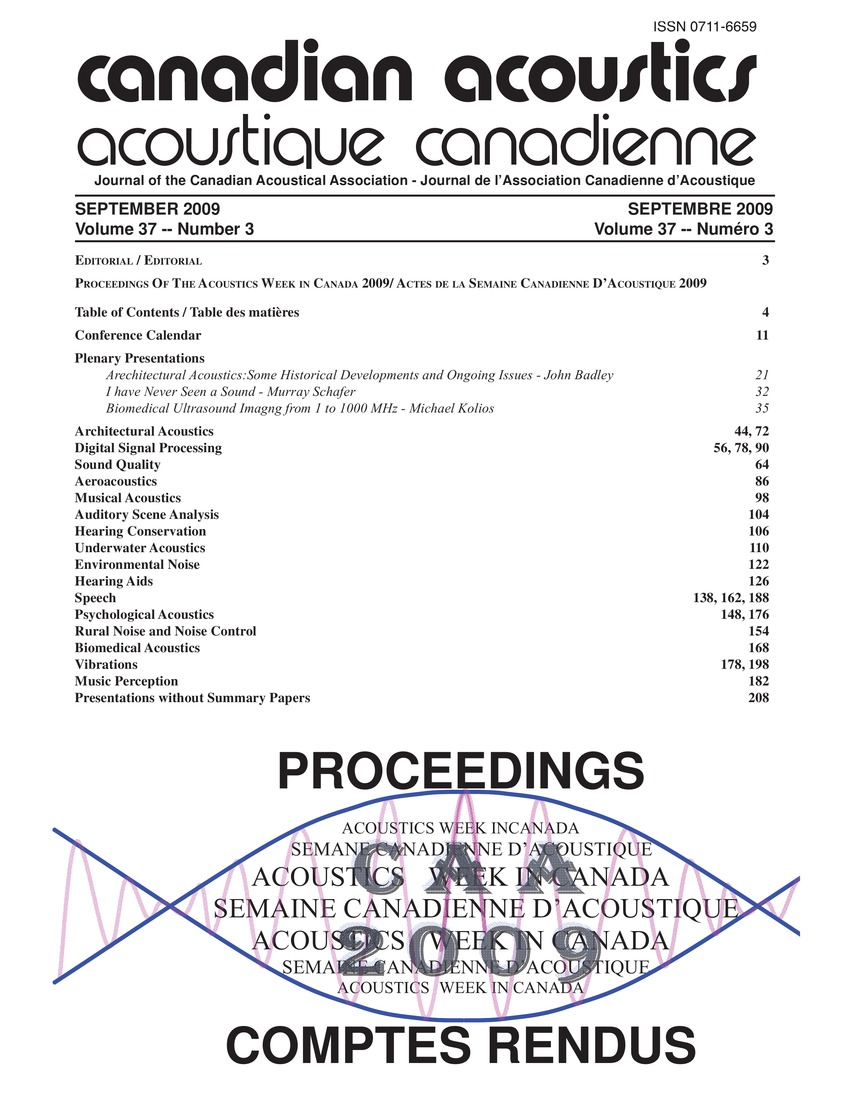Low-frequency room demerit analysis and equalization using properly-modeled source terms in finite-difference time-domain simulations
Keywords:
Finite difference time domain method, Resonance, End-wall, Finite difference time domain simulations, Finite-difference time-domain simulation, Frequency modes, Low frequency, Low-frequency resonance, Source termsAbstract
A study was conducted to perform low-frequency room demerit analysis and equalization using properly modeled source terms in finite-difference time-domain (FDTD) simulations. It was observed that the end-wall adjustment helped in equalizing things, as exciting the lowest modes corresponding to the W dimension was avoided. This had no effect on the lowest frequency modes that were attributed to the L dimension, which caused the largest low frequency resonances. The L-dimension modes were considered by the rear cancellation method and it was observed that all the modes below 130Hz were removed when the low frequency resonances created problems.Additional Files
Published
How to Cite
Issue
Section
License
Author Licensing Addendum
This Licensing Addendum ("Addendum") is entered into between the undersigned Author(s) and Canadian Acoustics journal published by the Canadian Acoustical Association (hereinafter referred to as the "Publisher"). The Author(s) and the Publisher agree as follows:
-
Retained Rights: The Author(s) retain(s) the following rights:
- The right to reproduce, distribute, and publicly display the Work on the Author's personal website or the website of the Author's institution.
- The right to use the Work in the Author's teaching activities and presentations.
- The right to include the Work in a compilation for the Author's personal use, not for sale.
-
Grant of License: The Author(s) grant(s) to the Publisher a worldwide exclusive license to publish, reproduce, distribute, and display the Work in Canadian Acoustics and any other formats and media deemed appropriate by the Publisher.
-
Attribution: The Publisher agrees to include proper attribution to the Author(s) in all publications and reproductions of the Work.
-
No Conflict: This Addendum is intended to be in harmony with, and not in conflict with, the terms and conditions of the original agreement entered into between the Author(s) and the Publisher.
-
Copyright Clause: Copyright on articles is held by the Author(s). The corresponding Author has the right to grant on behalf of all Authors and does grant on behalf of all Authors, a worldwide exclusive license to the Publisher and its licensees in perpetuity, in all forms, formats, and media (whether known now or created in the future), including but not limited to the rights to publish, reproduce, distribute, display, store, translate, create adaptations, reprints, include within collections, and create summaries, extracts, and/or abstracts of the Contribution.


